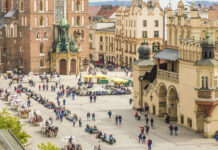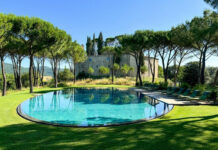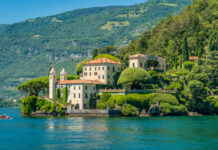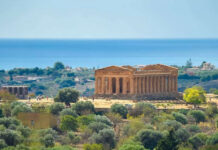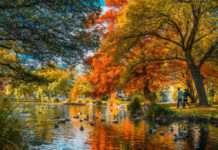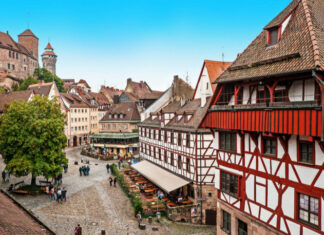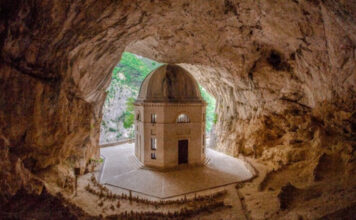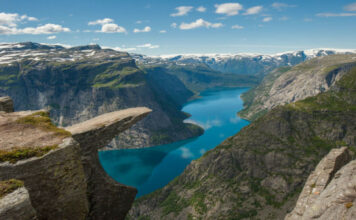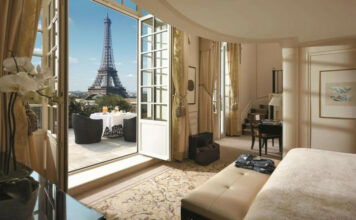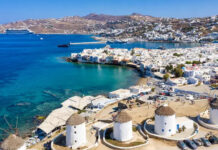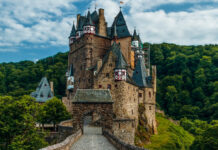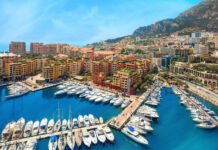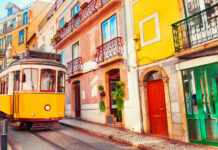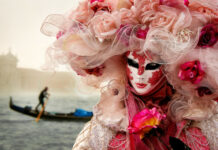Instead of the Colosseum, try the Theatre of Marcellus
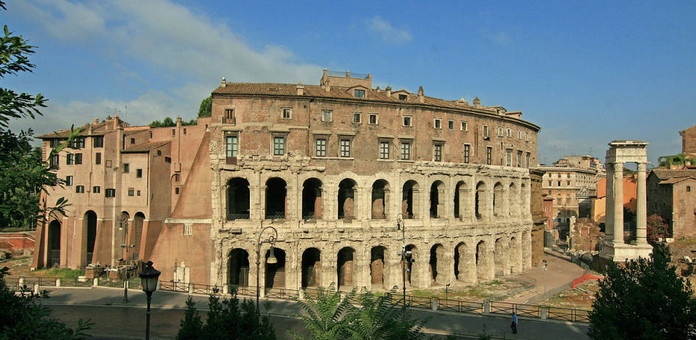
Not only are the two buildings superficially similar, but in fact, the Marcellus Theater predates the Colosseum by about a century and undoubtedly inspired Vespasian’s amphitheater. Started by Julius Caesar and completed in 12 BC. Has completed. It is dedicated to his nephew and heir who died before its completion.
Instead of the Spanish Steps, check out Piazza Della Madonna Dei Monti
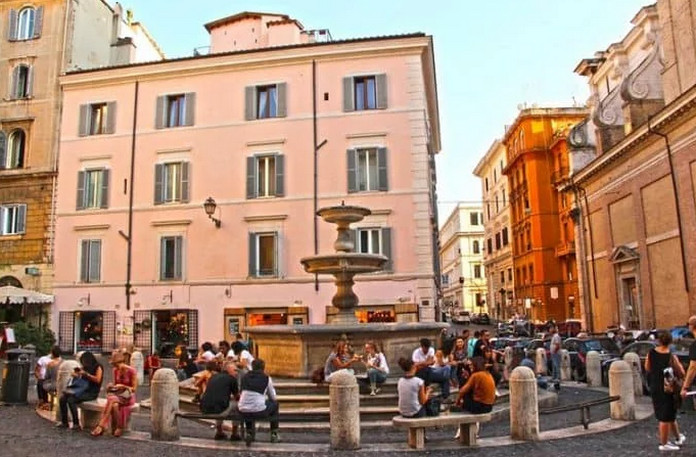
If you’re looking for a sunset spot away from the crowds and hawkers, head like a young hipster Roman to this quaint little square in the hipster neighborhood of Monti. Grab a cold beer at a nearby bar and join the crowds on the steps of the scenic fountain.
Instead of the Vatican Museums, try the Galleria Doria Pamphilj
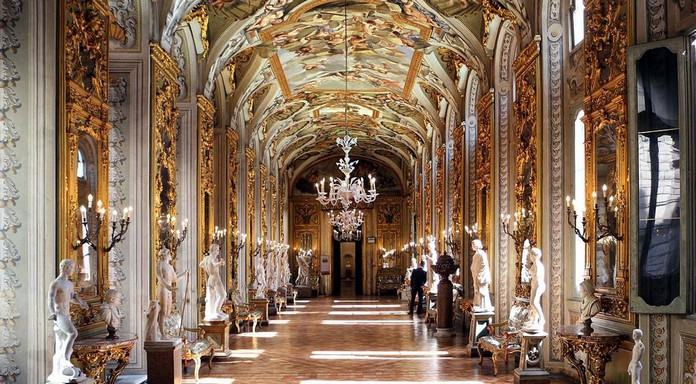
Despite its central location on Via del Corso, few tourists miss the chance to enter this tranquil oasis and see the impressive private art collection of the Doria Pamphili family. Featuring works by famous artists such as Caravaggio, Raphael, and Titian, the beautiful surroundings are a perfect escape from the crowds of the Vatican Museums.
Instead of the Trevi Fountain, check out the Fontanone
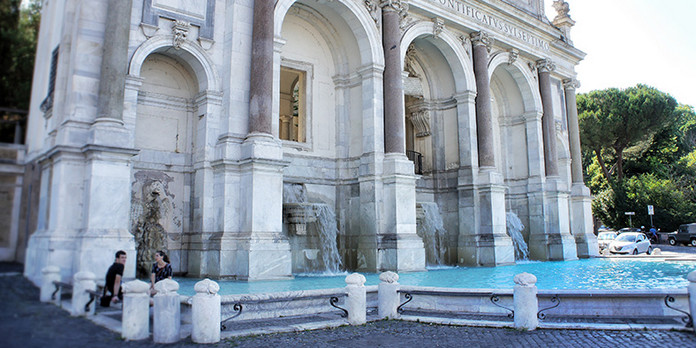
Janiculum Hill has an equally impressive fountain with a stunning scenic bonus. Here, Fontana has delle his acquapaola (known locally as his Il his Fontanone, “The Great Fountain”) and proudly overlooks the city on its eternal throne. From 1585 to 1588 he was built by Pope Sixtus V and was the inspiration for the Trevi Fountain built some 200 years later.
Instead of Piazza Navona, try Piazza Farnese
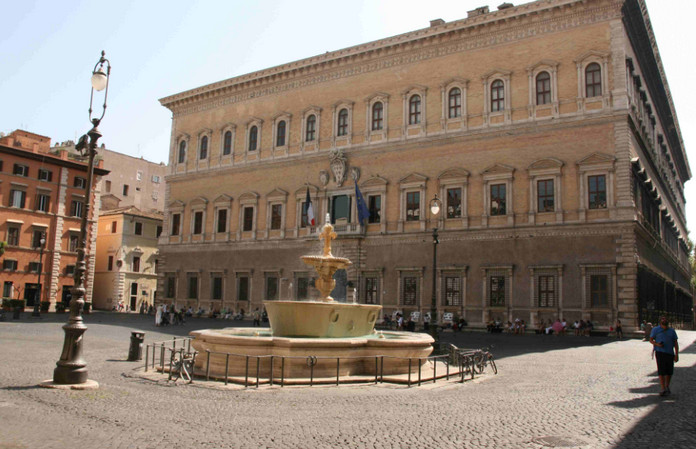
Situated between the Campo de Ge Fiori and the Tiber River, the beautiful Piazza Farnese is secluded and offers a peaceful retreat from the hustle and bustle. Also on the square are his two identical fountains with ancient granite basins from the Baths of Caracalla.
Instead of the Capitoline Museums, try the Museo Nazionale Romano
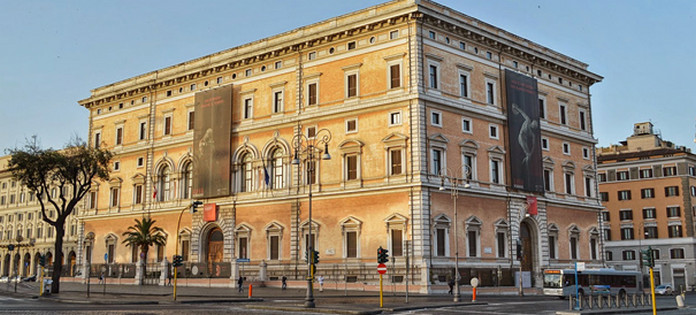
Known as the National Museum of Rome, Palazzo Massimo is conveniently located near Termini Station and houses some of the city’s most important archaeological finds. Collections range from statues and sculptures to jewelry and coins. Don’t miss his second floor with its beautiful frescoes and mosaics.
Instead of the Galleria Borghese, try Palazzo Barberini
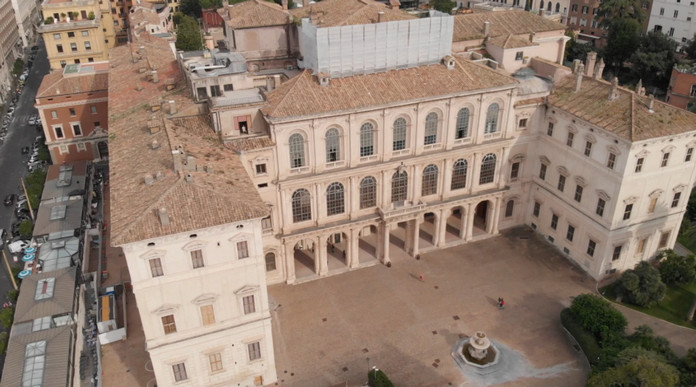
This grandiose 17th-century palace was built for Pope Urban VIII Barberini and designed by two of Rome’s greatest architects, Bernini and Borromini. Today, it houses the National Art Gallery, which houses iconic works such as the portrait of Raphael’s lover La Fornarina and Caravaggio’s Judith beheading Holofernes.
Instead of the Roman Forum, check out the Baths of Caracalla
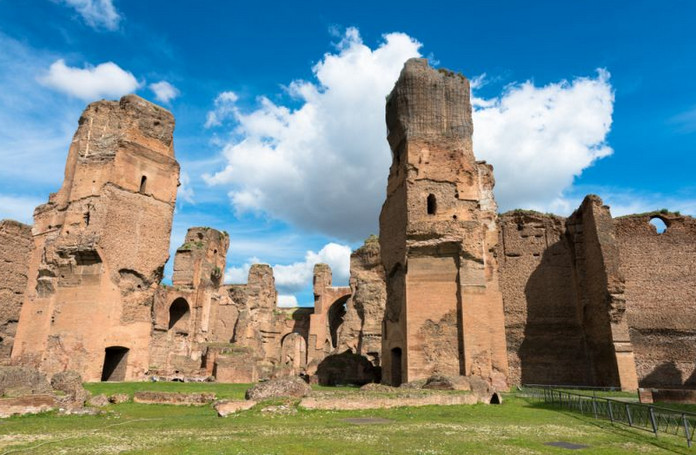
Emperor Caracalla’s giant baths were built from 212 AD to his 217 AD. It is now devoid of marble and decoration, but the remaining bricks testify to the grandeur and splendor of the building. One of the best ways to see the ruins is to attend the summer opera, ballet, or music concerts held each June and July.
Instead of Villa Borghese, try Villa Pamphili
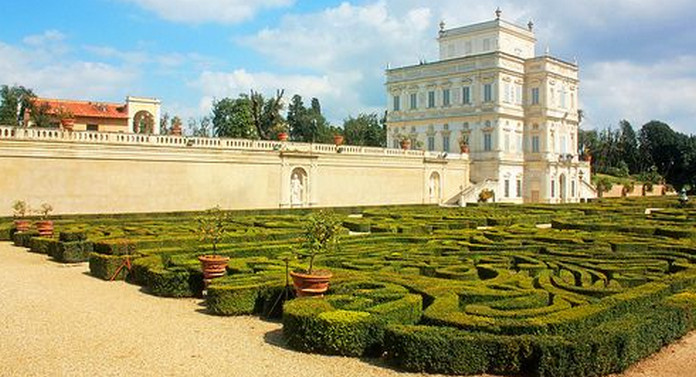
For a relaxing break outdoors and a break from the city, visit Villa Pamphili, Rome’s largest public park, southwest of the center across the Tiber. At more than 182 hectares, the park not only has picturesque lakes, but also manicured gardens, forests, and beautiful lawns.
Instead of the Pantheon, try San Clemente
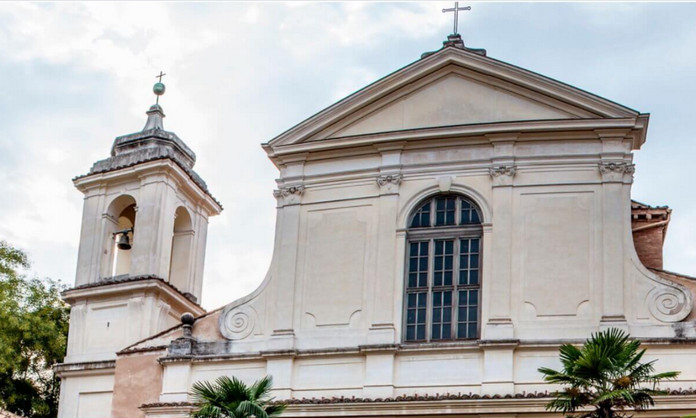
The Church of San Clemente has some of the city’s most impressive mosaics, dating back to the 12th century. Visitors can descend underground and explore the two levels in front of the building. On the second floor are the remains of his 4th-century church, and on the first floor are his 1st-century Roman residence, later converted to Mitryon.


